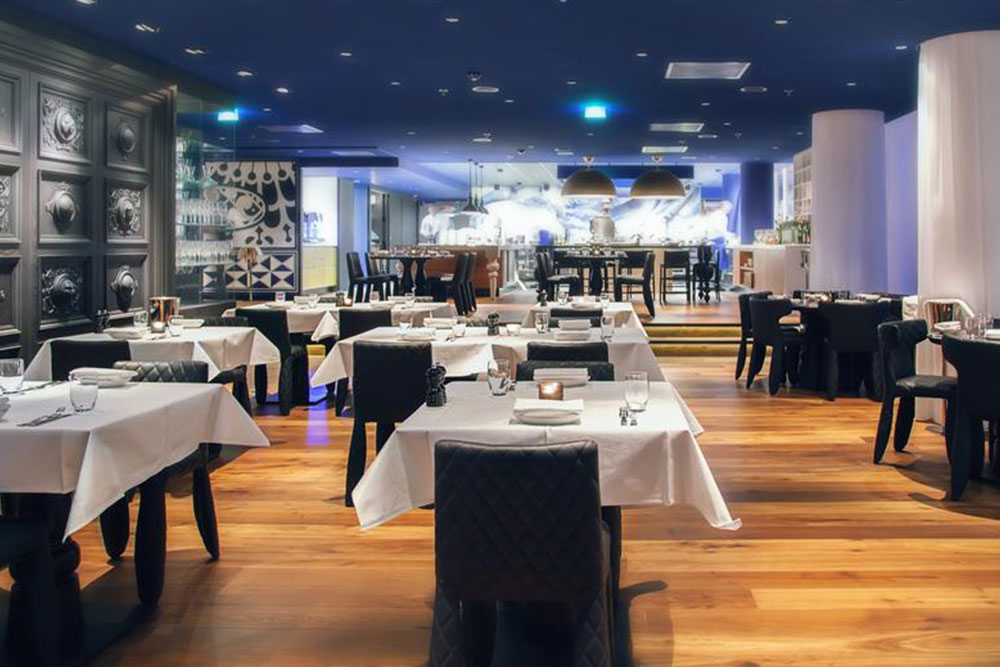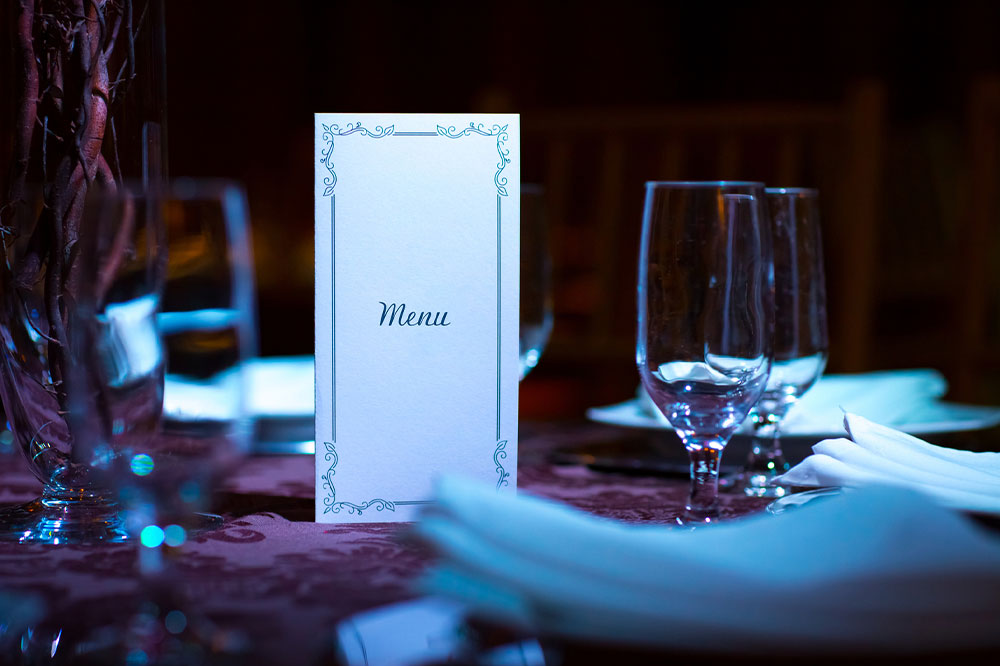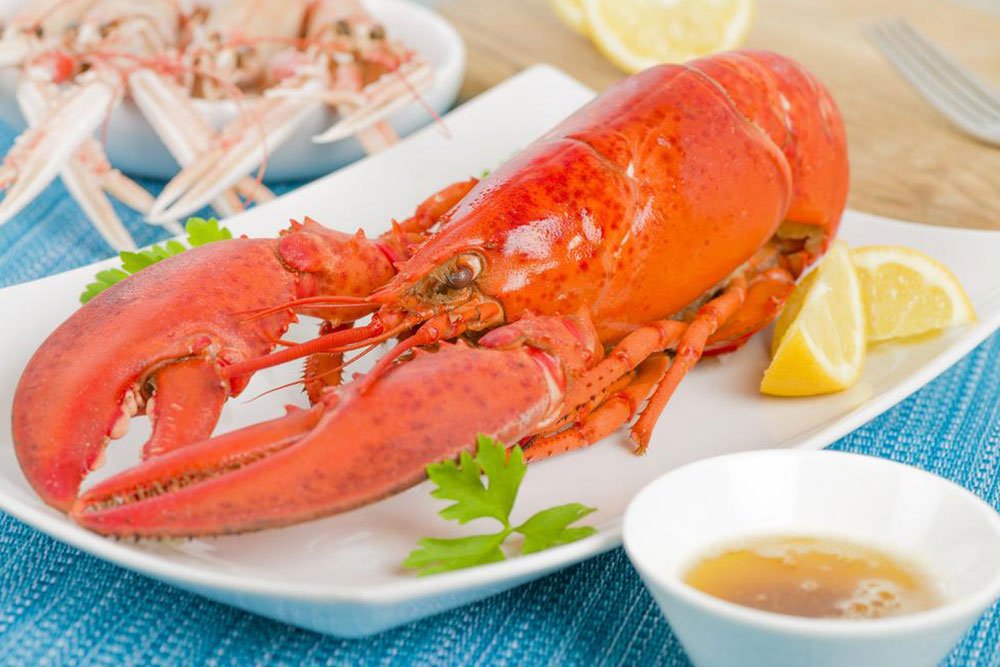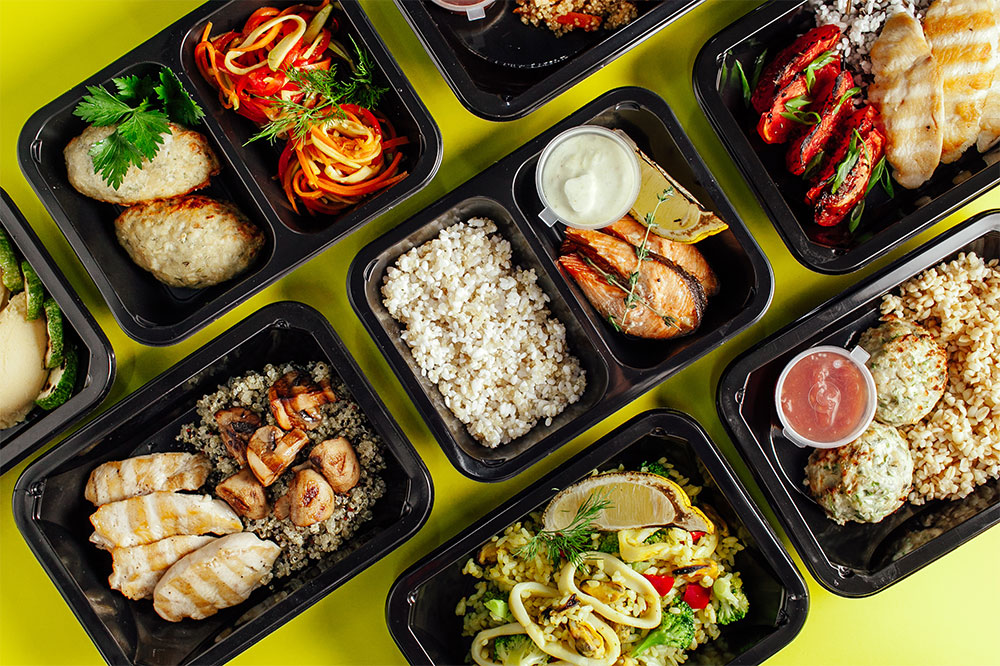Creative and Innovative Menu Designs from Around the Globe
This article explores the latest trends in restaurant menu design, highlighting creative approaches from around the world. From chalkboard art and vintage layouts to interactive pop-ups and origami-inspired formats, innovative menus enhance branding and elevate the dining experience. The piece emphasizes harmony with restaurant decor and practical organization, offering insights into how design influences customer satisfaction and brand recognition. Whether for fine dining or casual eateries, creative menus are a powerful tool for leaving a lasting impression and making dining memorable.

Creative and Innovative Menu Designs from Around the Globe
In the competitive world of hospitality, the design of a restaurant menu plays a pivotal role in shaping the guest experience. Beyond merely listing dishes and prices, modern menus are evolving into artistic expressions that reflect the restaurant’s brand identity and enhance the overall ambiance. A thoughtfully designed menu does more than inform; it captivates attention, stimulates appetite, and creates a memorable first impression. Whether aiming for elegance, quirkiness, vibrancy, nostalgic charm, or minimalism, an effective menu design combines aesthetics, functionality, and storytelling, making it an integral part of the dining experience.
Across the globe, innovative menu concepts are transforming traditional expectations. From chalkboard art that lends a rustic, artisanal vibe, to newspaper-inspired layouts that evoke nostalgia, the creative possibilities are endless. Modern, visually driven designs incorporate high-quality images and innovative typography to showcase signature dishes attractively. Some establishments have adopted interactive pop-up menus that surprise diners with tactile engagement, while layered, fan-folded menus add a touch of elegance and complexity. Origami-inspired menus that fold and unfold into various shapes, playful puzzle pages designed specifically for children, and Japanese folding fans illustrating menu items all demonstrate how creativity can elevate the dining atmosphere.
These creative approaches serve multiple purposes. They act as conversation starters, reinforce the restaurant’s theme, and enhance brand recognition. An eye-catching menu can even influence order choices, encouraging diners to try signature or higher-margin items. Moreover, such innovative designs contribute significantly to the overall aesthetic appeal of the restaurant, seamlessly blending with decor, lighting, and other branding elements like signage and digital platforms.
Matching the menu’s design to the restaurant’s environment sharpens the cohesive experience. For instance, a rustic farm-to-table restaurant might opt for a chalkboard menu with handwritten fonts, while a contemporary fine dining venue may choose sleek, digital, or minimalist layouts. The key is harmony — the menu should complement the color scheme, decor, and overall vibe. This alignment results in a memorable dining journey that starts from the moment a guest sees the menu and continues through the entire meal.
In practice, successful restaurant menus balance aesthetics with clarity. Well-organized menus that clearly delineate sections, feature appetizing images, and display prices transparently contribute to customer satisfaction. Incorporating visual cues or icons, using contrasting fonts, and ensuring readability are essential components. Interactive features like fold-out sections, embedded QR codes linking to detailed descriptions or videos, or even augmented reality elements are modern innovations that can further elevate the experience.
Ultimately, the goal of an innovative menu design is to create an emotional connection with diners, leave a lasting impression, and reinforce the restaurant’s brand identity. Whether standing out through playful, vintage, contemporary, or artistic motifs, the menu becomes a key storytelling medium, inviting guests to explore, enjoy, and remember.
Effective restaurant menus should seamlessly complement the overall ambiance, decor, and branding elements like digital platforms, signage, and promotional materials. Creating harmony among these components results in a cohesive and immersive dining experience. A well-designed menu not only informs but also entertains, influences ordering behavior, and leaves a lasting impression. By integrating creative visuals, innovative formats, and thematic consistency, restaurateurs can elevate their brand image, attract more customers, and stand out in a competitive market. Ultimately, a memorable menu reflects the personality of the establishment and enhances the overall dining journey, making each visit unique and enjoyable.




